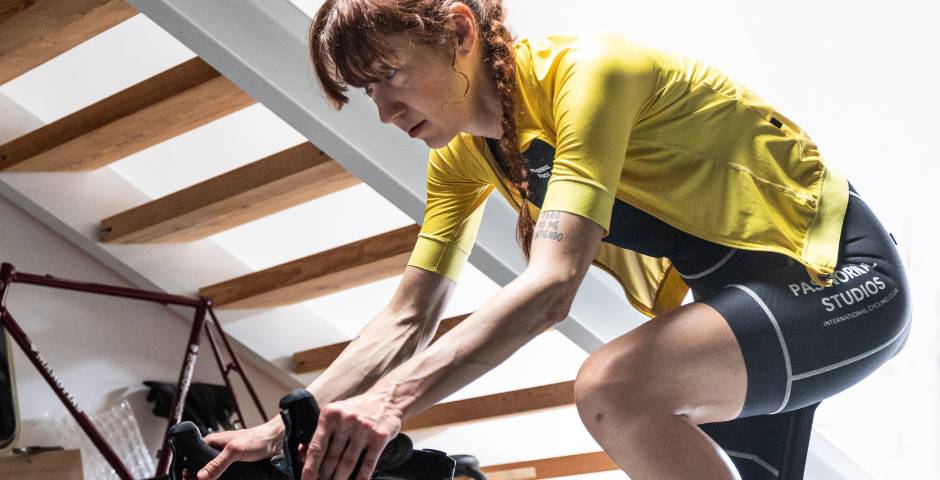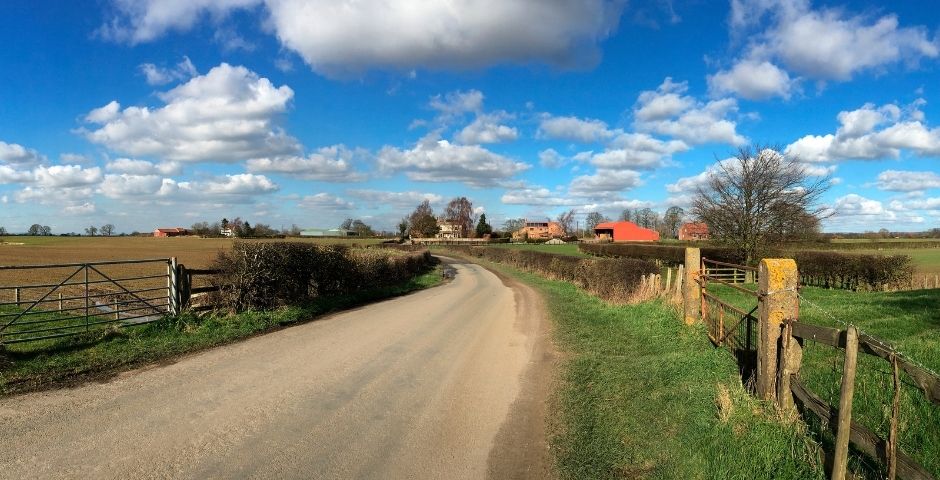As sports enthusiasts, we all have a gene that makes us want to surpass ourselves in each training session. When we’re in shape and see progress, we all feel the temptation to give a little more. Sometimes, we also get carried away by the feeling that harder is better, or by the competitiveness of training with others. But forgetting about slow training in cycling is a big mistake.
If you observe professional athletes, you’ll see that a large part of their training volume is done at relaxed paces (for them, of course). Always going as fast as you can and looking for personal bests is not the best strategy to improve performance. It also creates dangers, like overtraining.
Training slowly is less demanding, improves aerobic capacity, allows you to train with less fatigue and does not condition the fast sessions where you want to put the body to the test.
Why is slow training in cycling necessary to go fast?
Many athletes tend to abuse what’s known as the “sweet spot.” It’s that pace where you can go moderately hard for a long period of time, but when it’s time to go up a notch, you can’t.
When you take the wrong approach, and are always pushing the body a little bit, you condition your body for that level of effort. In other words, if you always train at a moderately demanding pace, you end up being only moderately good at moderate efforts.
This approach has a major handicap in that it does not allow the body to fully recover from demanding workouts. As a result, it isn’t able to take on hard efforts again. Another problem, as mentioned before, is that as you start to accumulate fatigue, you can become overtrained.
When to go slow
As you’ll see, taking some workouts slowly can (and will) make you a better athlete. You may have to work harder to move fewer watts, but it will pay off.
Slow training should be REALLY slow . Many cyclists tend to overdo the prescribed efforts, and that’s a big mistake. Keep power below 50-60% of your FTP, or in heart rate in zones 1-2. Get on the trainer, put on your favorite music and just enjoy the ride.
Recovery days
When we talk about recovery workouts, we talk about sessions on days after hard key training sessions: interval sessions, tempo changes, long climbs, etc.
Recovery sessions aim to maintain and increase blood flow so that your muscles get more nutrients and you reduce inflammation caused by muscle damage. Slow exercise allows nutrients to enter the cells, essential because the faster you get nutrients to the muscles, the faster they repair themselves.
Keep in mind: easy means VERY easy. It is all too common to see athletes work out on their active recovery days at much higher intensities than they should.
Endurance workouts
Endurance workouts, are those that form your base as an athlete. These will later allow you to ride long distances at elevated paces with ease, but they are also easy to overdo.
These sessions should be completed in the aerobic zone at all times. The key is to be able to hold a conversation normally. If you’re guided by heart rate, this should be zone 2. Avoid going out of it – large peaks/variations will not be helpful. In terms of power, 55-75% of your FTP is the ideal range.
BKOOL is the most complete cycling simulator on the market – try it FREE for 30 days!
 Go to BKOOL
Go to BKOOL





